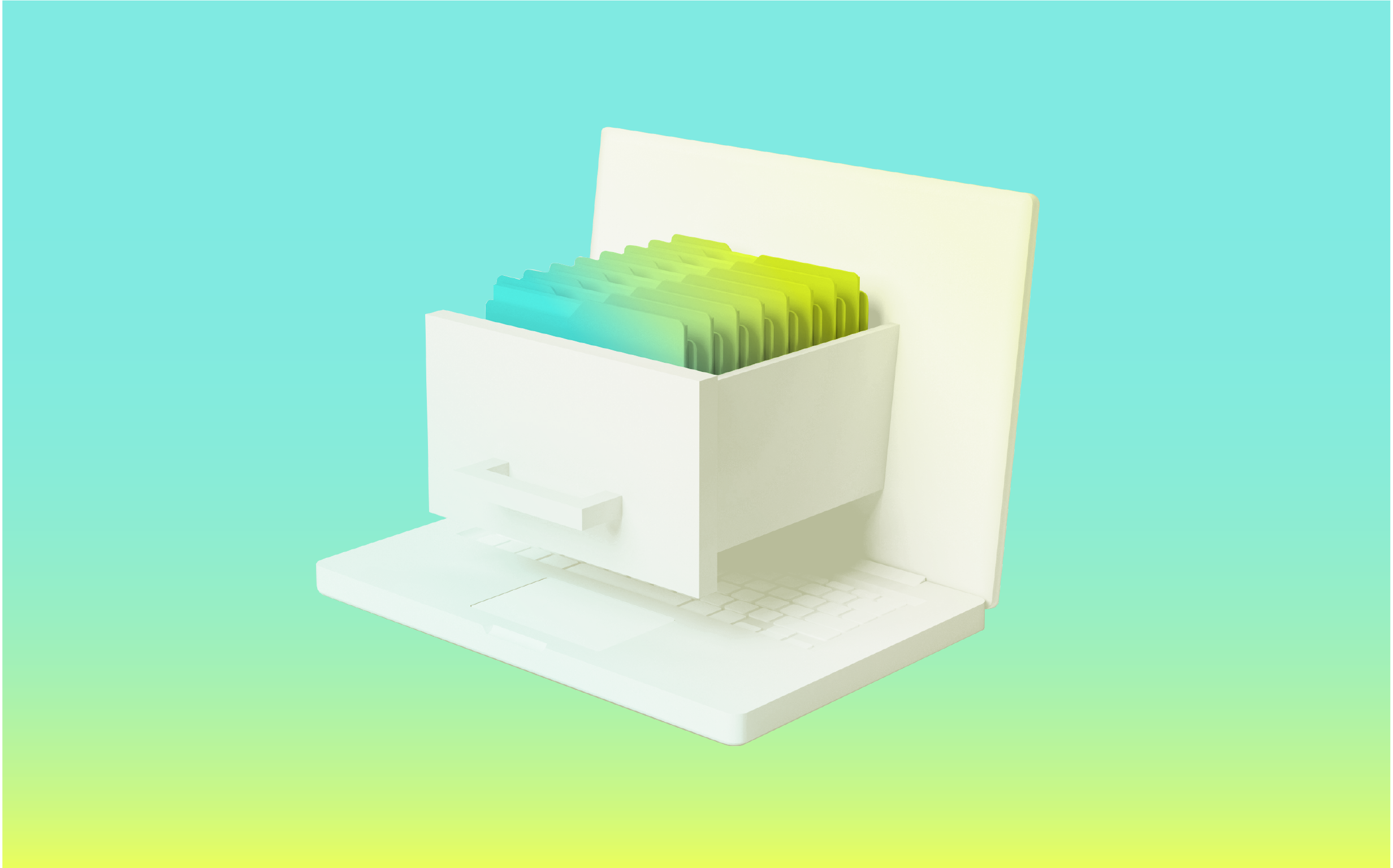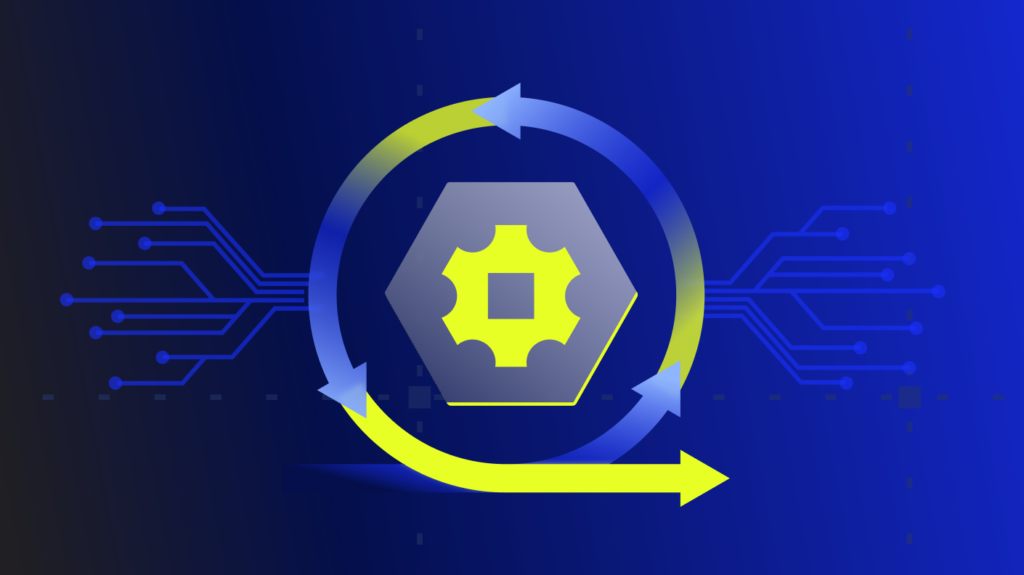Google Cloud Provider (GCP) Storage uses buckets to store data. In GCP Storage, you can manage files and folders using the same tools and APIs you use to manage files in a standard container. Using GCP buckets, you can store any type of file, photo, video, or even projects.
Essentially, GCP buckets are logical containers for your data. There is no limit to the number of buckets you can create; each bucket can hold any amount of data. Since they’re designed to be universally unique, the names of the GCP buckets cannot be changed.
What is bucket storage in cloud computing?
The Google Cloud Provider Storage data model is built on buckets. GCP Storage buckets allow you to organize your data and access your buckets’ data using the same tools you would use to access data in your GCP Storage account.
Why is a GCP bucket important?
You can create buckets in GCP Storage using the Buckets resource. All buckets share a single global namespace. An object contained in GCP buckets has its own methods for interacting with it. A bucket contains bucket AccessControls, which allows fine-grained manipulation of the access controls of an existing bucket.
How do you create buckets in GCP?
When creating the GCP buckets, specify the name, storage size, and access permissions. Next, assign permissions to files and folders within the bucket and then create files and folders.
In the Google Cloud console, navigate to the Cloud Storage Buckets page. Then, select “Create” to start the bucket creation process. When you’ve entered all your GCP buckets information, select “Continue.” Then, as you name your bucket, enter a name that meets the bucket name requirements.
- You must use lowercase letters, numbers, dashes, and underscores.
- You cannot use spaces.
- You must begin and end your name with a letter or number.
- You can name buckets using 3 to 63 characters, but names with dots in between can contain up to 222 characters.
- It is possible to place up to 63 characters between two consecutive dots.
- You cannot use a string in IP address format as a bucket name (i.e., 192.168.0.1).
- The bucket name cannot contain the “goog” prefix.
- You cannot use a misspelling or derivative of “google,” like “g00gle” in the bucket name.
The next step is to determine where your data will be stored. Select a Location type and a Location to indicate where you want to store the GCP bucket data. You’ll also select a default storage class for the data in your bucket. You assign the default storage class to all objects uploaded to your GCP buckets.
Based on your selected storage class and location, as well as your expected operations and data size, the Monthly cost estimate panel in the right pane estimates the bucket’s monthly costs. To control the access to your GCP bucket objects, determine whether you’ll enforce public access prevention. Then select the Access control model for the Bucket’s objects.
If your project’s organization policy already enforces public access prevention, your Prevent Public Access toggle will be locked. You can configure the Protection tools, but it’s not required. Select a data encryption method before selecting “Create” for your GCP buckets.
How do you access buckets in GCP?
Accessing your data in buckets is similar to accessing it in GCP Storage accounts. In GCP Storage, you can access your data in buckets you create with the same GCP Storage account or with a separate account.
How can you use Google Cloud Provider Storage?
It is no surprise that Google offers cloud-based services as it is a leader in search and online advertising. There are many services available in the cloud. A good example is cloud storage. You can store files and photos on a cloud storage server without worrying about losing or damaging them.
What objects can buckets contain?
Cloud storage services such as GCP Storage allow users to store and share files. In GCP Storage, files can be stored in JSON, XML, and Google Protocol Buffer formats. The Google Cloud Provider Object Storage service is also available for storing files in the cloud.
Final thoughts
Buckets in GCP are basic containers where you can store data in the cloud. The objects you store in the cloud are contained or stored in buckets. You cannot use buckets the same way you use directories or folders. The creation process is a bit more restrictive. You also cannot delete buckets. Still, buckets are an essential way to organize your data and control access.
Subscribe to our blog
Get articles like this delivered straight to your inbox







